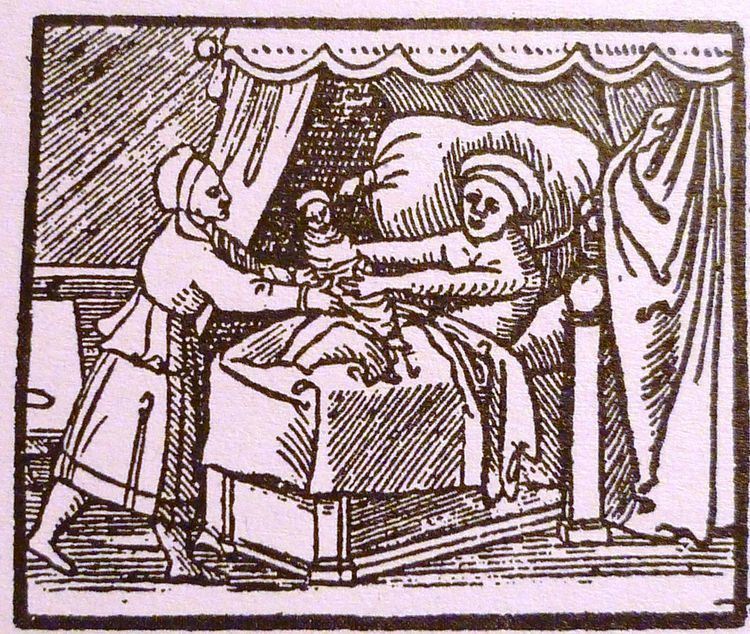Name Felix Wurtz | ||
 | ||
Life
He was born in Zurich. The dates of his birth and death are insecure. The date of his birth was between approx. 1500 until approx. 1510, the date of his death between approx. 1590 and 1596. Würtz lived and practiced in Zurich and Strasbourg.
Würtz received no academic studies, but had his apprenticeship as a 14-year-old youth at a surgeon. Then he was a barber and worked presumably as a feldsher. From 1536 on he was am member of the guild of barbers in Zurich. He was a friend of Conrad Gesner, the town physician and well-known naturalist. Presumably Gesner gave Würtz the advice to write about his experiences and knowledge as a surgeon.
Würtz‘ main work is „Praktika der Wundartzney“, published in 1563 Basel. Here Würtz describes his opinion of treatment of wounds and criticizes several medical traditions. This book is called by Steinbrecher as “one of the most original and most important medical books of the 16th century”. Würtz here is opposed to certain treatment he judges as wrong. He criticizes in particular the surgical suture and recommends only a narrow range of indication. He stresses the importance of the surgeons own practical experiences. This attitude is also crucial in his “Children’s book”, which was published after his death by his brother Rudolf in 1612 as a part of the book on surgery. This book is an important contribution to pediatrics. Here Würtz brought up for discussion in detail the physical damage and curvatures, which were simply a result of swaddling. He seems to be the first writer who openly criticized certain hard forms of this ancient treatment of babies:
„I also saw right and straight children created by God and born into this world by humans, who became nevertheless bent and lame men, who never got straight and healthy thighs. (…) In addition, I have for instance let a child lay again down and tied up, so that I see, in which way he was swaddled. There I then really saw, where it was gone wrong (…). By misunderstanding however the wanted to bind him straight, but in fact they bind him bent and tighten the bandages hard, so that the child cannot have peace. “
